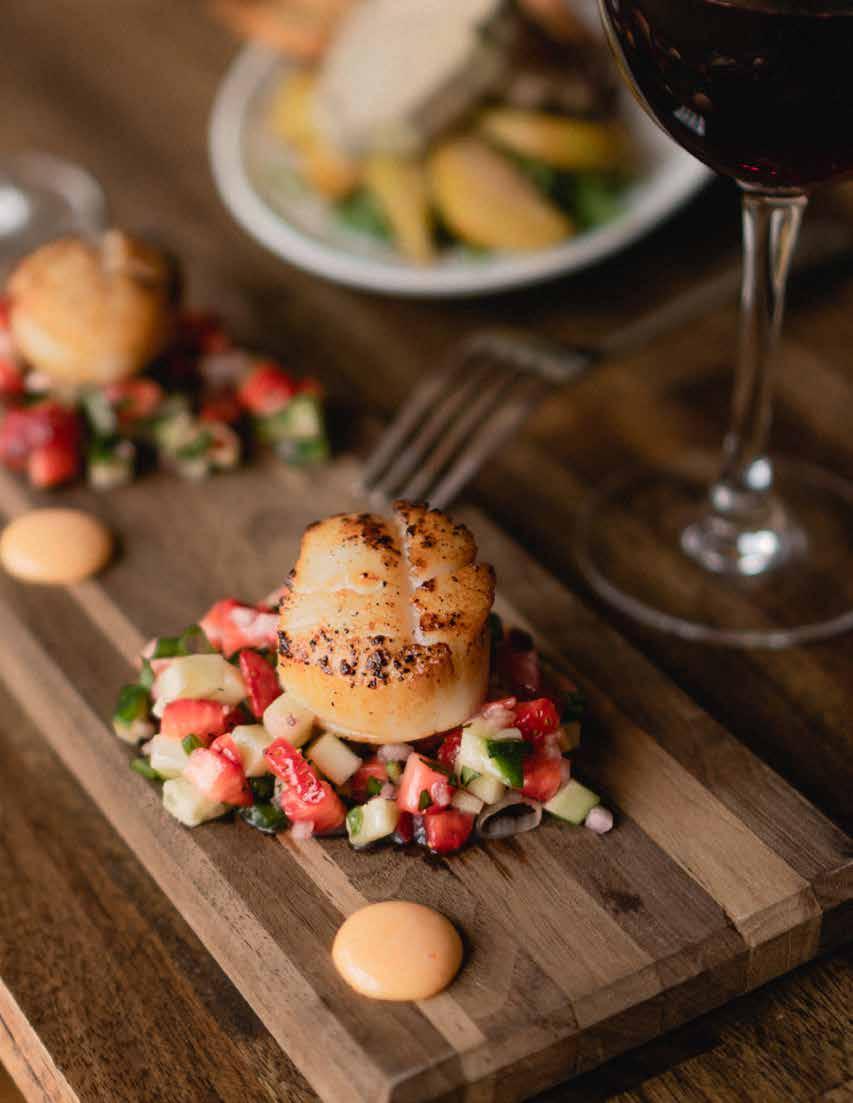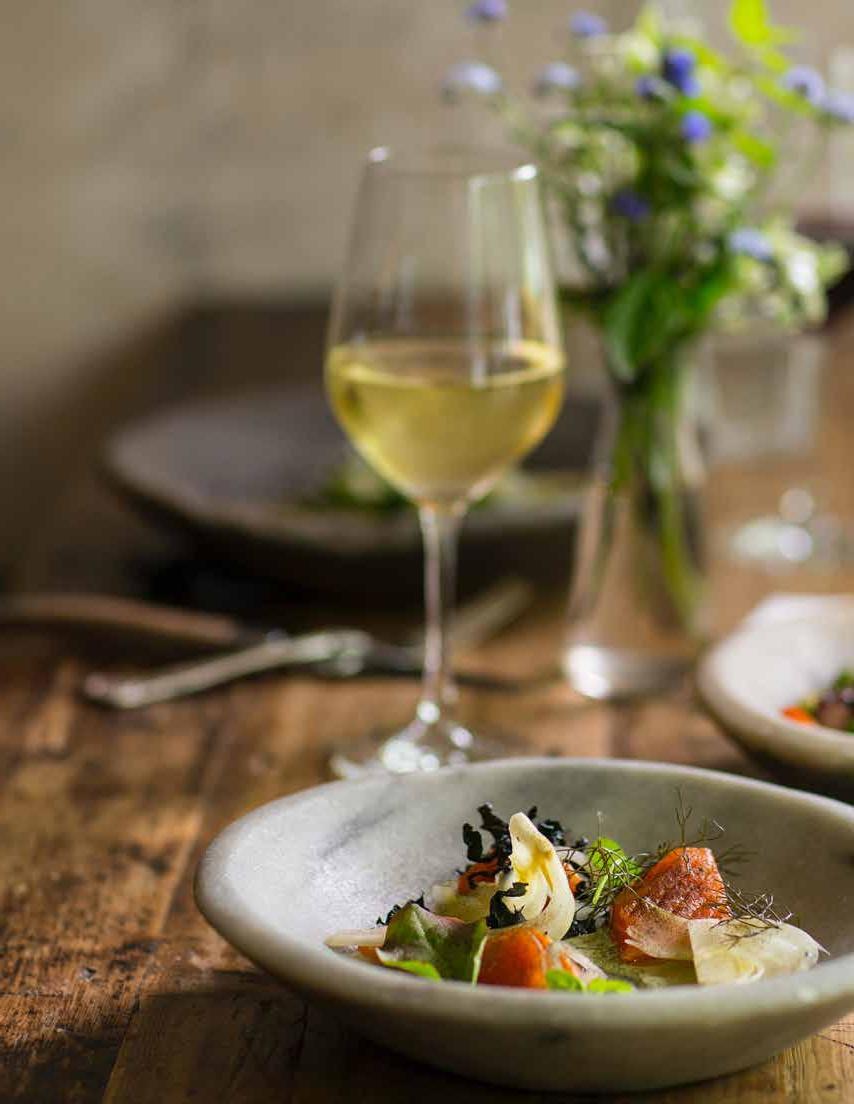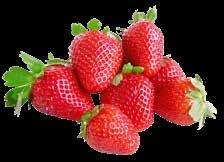Valentine’s Strawberries KEVIN DELEVAN - Category Manager – Produce
Strawberries are mentioned in works by Virgil and Ovid, yet they made no appearance
in ancient Roman cookbooks. By the 14th century, the tiny European wood strawberry (Fragaria vesca) was being cultivated in France, Italy, and England. Meanwhile, throughout North America, tribes such as the Chippewa and the Mescalero Apache used strawberries. One method was to add them to cornbread—the future strawberry shortcake.
In the early 1600s, English settlers in
Jamestown, Virginia, found abundant wild strawberries underfoot—“much fairer and more sweet than ours.” The subsequent arrival in Europe of the Virginia strawberry (Fragaria americana) marked the beginning of cross-breeding attempts that would ultimately bring us the precursor to the modern berry about 150 years later, according to George M. Darrow’s The Strawberry: History, Breeding, and Physiology.
In 1714, a French
explorer, spy, mapmaker, and engineer named Amédée François Frézier brought a larger New World strawberry (Fragaria chiloensis) to France from Chile, where the natives had cultivated it. “There they plant whole fields, with a sort of strawberry rushes, differing from ours, in that the leaves are rounder, thicker, and more downy. The fruit is generally as big as a walnut, and sometimes as a hen’s egg, of a whitish red, and somewhat less delicious of taste than our wood strawberries,” wrote Frézier, whose name 12 12








